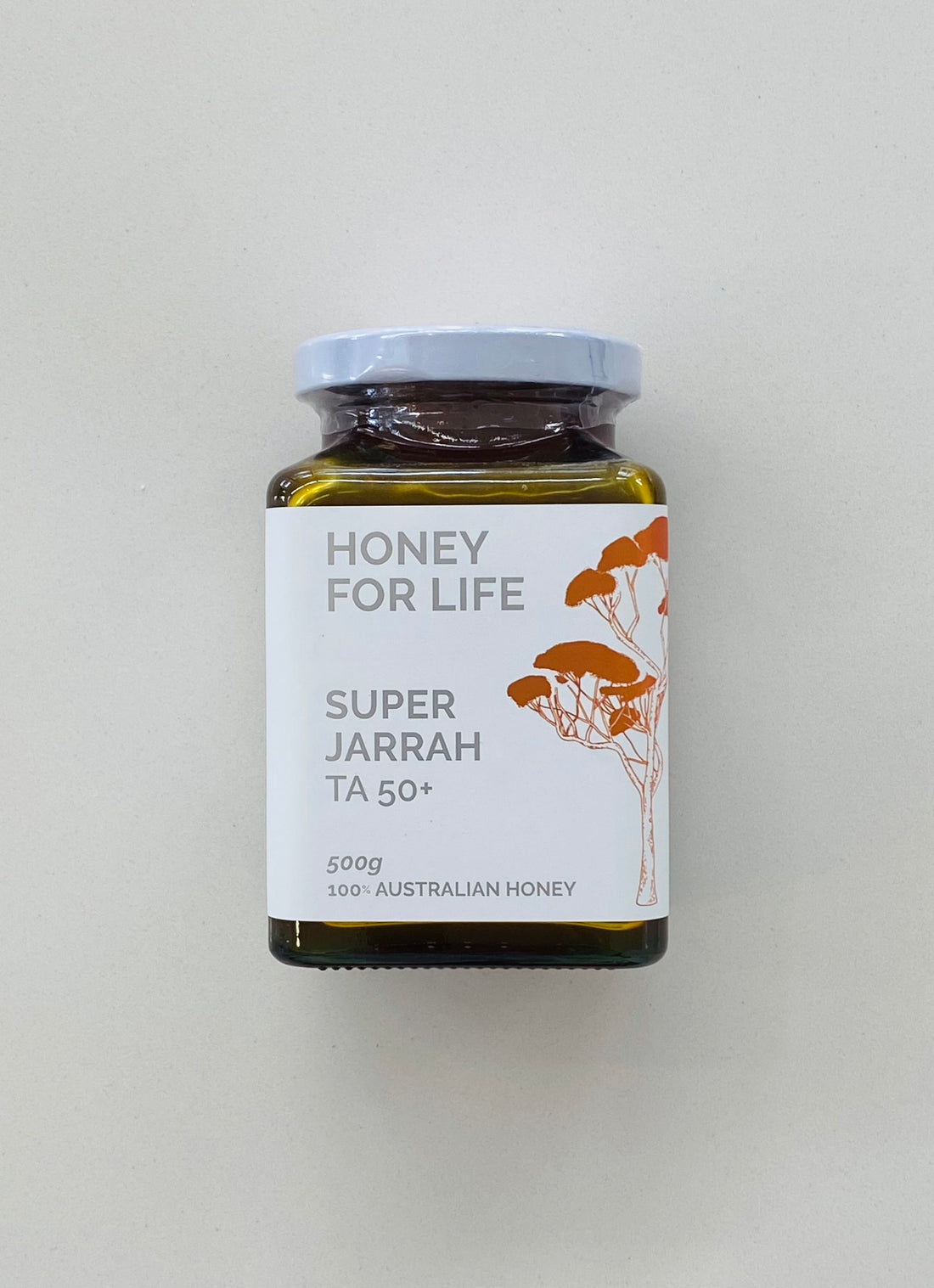
Batch 114 / Super Jarrah TA62 Honey
Batch #114
This honey comes from the incredibly beautiful heavy Jarrah forests of Midgegooroo National Park, Karragullen, Western Australia. Large rolling hills lined by Jarrah trees
create a picturesque landscape for beekeeping late in the afternoon as
the suns setting.
create a picturesque landscape for beekeeping late in the afternoon as
the suns setting.
Is New Zealand's leading honey testing and analysis laboratory based in Wellington.
We use Analytica to analysis and certify our honeys MGO, sugars (Glucose, Frutose, Sucrose and Maltose), HMF, C4 and mositure levels.
Is the world's leading honey testing and analysis laboratory based in Bremen, Germany.
OXYTETRACYCLINE
TETRACYCLINE
CHLORTETRACYCLINE
DOXYCYCLINE
DEMECLOCYCLINE
METHACYCLINE
MINOCYCLINE
CHLORAMPHENICOL

ORIGIN MAP
Karragullen
Western Australia
Western Australia

LOCATION
Midgegooroo National Park

BEEKEEPER
Graham Brooks

TREE / FLORAL TYPE
Eucalyptus marginata (Jarrah)

COLOUR
Dark Amber
| Total Activity TA | Manuka MGO | Strength Rating |
|---|---|---|
| 10+ | 250+ | Mild |
| 20+ | 800+ | Strong |
| 30+ | 1000+ | Very Strong |
| 40+ | 1250+ | Extreme |
| 50+ | 1500+ | Super |
TOTAL ACTIVITY
50+